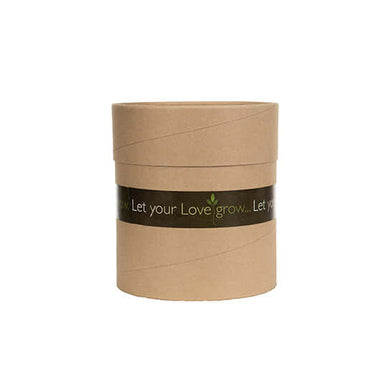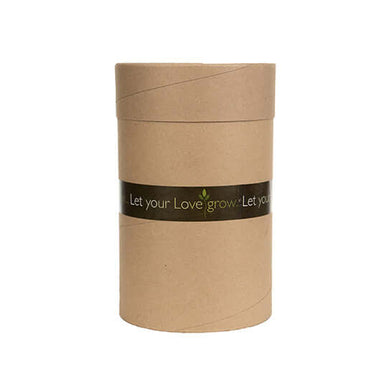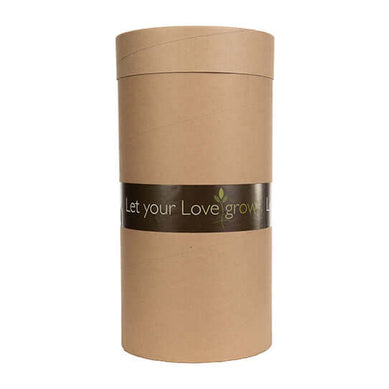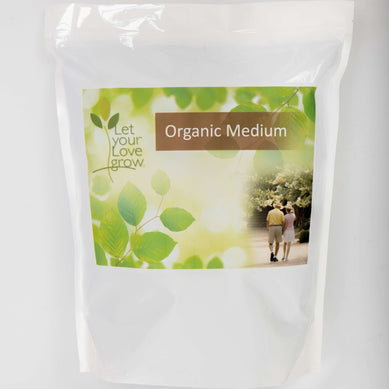We Can Now Solve the Problem of Ashes!
An amazing innovation, after years of scientific research, means a solution now exists to deal with the toxic impact of cremation remains.
The Power of a Word
It’s a curious thing about cremated remains, that they have become known as ashes. No doubt this is a nod to the cremation process, but it is not a helpful word to use.
Cremated remains are not ash, they are sterilized bone, more like fossils. When we think of them in this more honest, but less pleasant way, their impact on the soil, water or plants and wildlife seems so obvious.
When we bury or scatter cremated remains, they have a lasting impact on that area, and it’s not a good one. You may have wondered why you can no longer scatter ashes over football grounds or historic sites and places of outstanding beauty like Ben Nevis? Or why crematoriums replace their flower beds so often?
“If it enriched the soil, we wouldn’t mind so much…”
This information is not generally passed on to families when they are making decisions about their loved ones. Many of us would have liked to know. Being more informed, allows us all to make better choices for our own mental wellbeing, and for the planet.
With 61% of consumers from a recent (Trajectory) survey unaware of the problems with cremated remains, and 78% of people wanting a more environmentally friendly funeral - it’s clear that once the message gets out, the solutions will be popular.
“Do the best you can until you know better. Then, when you know better, do better.”
In 2021, 79% of all deaths in England ended with cremation - creating 1.4m kilo’s of remains. If we were to include pets too, the figures could double. It really is a growing problem, but thankfully one with an easy solution.
What Actually Happens?
- The toxicity within cremated remains mainly arises from their very high pH and extremely high levels of sodium (Na).
- When cremated remains come into contact with water the negative processes are even worse.
- Cremation ashes contaminate areas beyond where they are placed – imagine a drop of water on tissue and how it spreads…
- Cremated remains don’t degrade and become part of the soil, they stay in the ground for many decades, continuing to contaminate the surrounding area.
- Soil degradation in England and Wales is calculated to cost £1.2 billion every year.
- Years of research means this process is now well understood. Soil expert Sherry Yarkosky leads current studies: “Cremated remains, when mixed with soil start a catastrophic series of events that results in dead plants and barren soil.”
Second Bereavement
One horrible outcome of planting or scattering a beloved person or pet, alongside a favorite tree or special location, is that the damage caused could result in the death of that plant or area.
This can cause the feelings of a second loss, another bereavement beginning while the first grief is still being processed. Without knowing what went wrong, we could continue with a new planting, or new grass and still have the same outcome. Layers of grief that could so easily have been avoided.
Memorial plantings are such a good way to retain a living connection to a special person, it’s vital that people are confident their efforts will be successful.
What Can We Do?
There are ways to prevent this damage. One would be to keep cremated remains away from nature, using an urn and keeping them indoors. Some people use small amounts to make jewelry or other memorial items.
If adding cremated remains to soil, simple steps can be taken to not only mitigate the negative effects of cremation ashes on the environment, but to turn them into a benefit for soil, plants, and animals alike.
Certain products now even allow you to grow trees and plants directly mixed with cremation remains, using the minerals and elements to nourish and grow the chosen tree or plant. When researching planting or scattering options, always remember to ask about the impact of a product or service. If a company is not able to explain how they manage the environmental impact, it may not be a suitable product.
It’s also important to understand the difference between a product being environmentally friendly in its creation, and its use. For example, many items are beautifully sustainable until they are buried.
Climate Change
Even if you have no link to cremated remains, and this article feels unimportant to you, soil is one of the main factors in any climate emergency response.
The 25 Year Environment Plan says “by 2030 we want all of England’s soils to be managed sustainably, and we will use natural capital thinking to develop appropriate soil metrics and management approaches.”
After the ocean, soil is the largest carbon store and our understanding of the impact humans have upon it, from all of our actions, is essential.




 Claire Lyons (
Claire Lyons (





